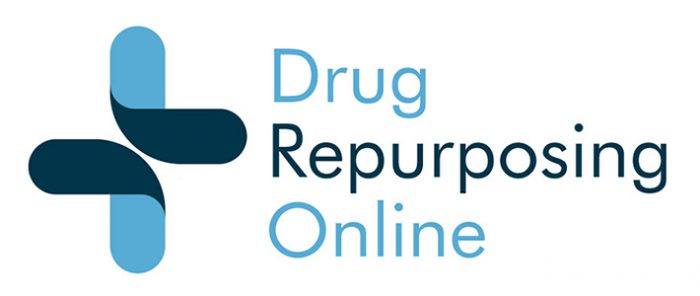Drug repurposing, the development of new uses for existing drugs, is based significantly on method of use patents. That much is obvious. But for these patent applications to be granted, and defensible, they must be ‘non-obvious’, or surprising.
Despite being based on literature evidence, the DrugRepurposing Online database is designed to do exactly that — identify non-obvious patentable opportunities — using a principle known as Swanson’s ABC model. Simply put, Swanson said that if concept A is related to concept B and B is related to concept C, then it is not obviously true that A is related to C.
Rather than delve deep into philosophy, we can see this in our own experience. Let’s take Jill, who is married to Jack. They are deeply in love, and Jill likes almost everything about Jack, except some of his friends. In particular, she really doesn’t like Joe, even though Jack and Joe go back years and years, and before he met Jill, they were practically inseparable. It’s not clear to Jack why Jill shouldn’t like Joe. In fact, to put it another way, it’s not obvious.
See how it works? Just because concept A is related to concept B and B is related to concept C, it does not follow that A is related to C. And predicting whether A and C are related, or are not related, is not obvious.

Now, let’s get back to the database, which is divided into the realms of Chemical classes, Mechanisms and Indications. We have links between each of these realms. For instance, we have hundreds of links between drugs in the chemical class realm representing off-target mechanisms — in other words mechanisms which are unrelated to the primary use of the drug. An example would be minocycline having PARP (poly ADP ribose polymerase) inhibitory activity. PARP inhibitors were originally identified for their utility in oncological situations, and are now marketed for the treatment of breast and ovarian cancer. Other cancerous indications are under investigation. But PARP inhibitors go much further than that, and a recent publication suggests that this mechanism is involved in the calcification of the arteries, or atherosclerosis.
The investigators have not only published this work in the journal Cell Reports, but have also filed a patent, which was granted at the USPTO (US10159685). One of the claims is for the use of minocycline in the treatment of atherosclerosis.
Pharmacologists and pharmaceutical discovery scientists tend to think in terms of mechanism, but patent examiners are more cautious. If we start to think about other indications where PARP is involved, it is possible that minocycline is an effective approach. However, minocycline has multiple other mechanistic effects, as one of the tetracycline family of antibiotics which were discovered in the 1940s, that inhibit protein synthesis by preventing the attachment of aminoacyl-tRNA to the ribosomal acceptor (A) site. More recently, minocycline has also been found to have effects as a matrix metalloproteinase (MMP-9) inhibitor, and is thought to exert its effects in cerebral ischemia via this mechanism. These other mechanisms may add to, or take away from, the efficacy of minocyline.
The DrugRepurposing Online database contains thousands of links between mechanism and indication. Of these, there are 13 indications available for the repurposing of PARP inhibitors in addition to that of atherosclerosis. Some or all of these may be new indications for minocycline, and some or all may also be patentable new uses (so long as minocycline specifically has not been suggested for these conditions). The extent to which this is possible depends on the particular circumstances of the case, and the efficacy of minocycline as well as the dose used. For instance, the ancillary mechanistic properties of the drug may cooperate to make it surprisingly effective or potent in its effect, so it stands out relative to the standard PARP inhibitors like olaparib.
There is clearly a lot to do beyond the initial ‘lightbulb’ moment in which a new use for an existing drug is conjectured: DrugRepurposing Online can start the discovery of a new medicine, but even though it may involve an existing drug, and so provide a shortcut to many of the processes involved. in drug development, it is still a complex, time-consuming and expensive process.
That much is obvious.

